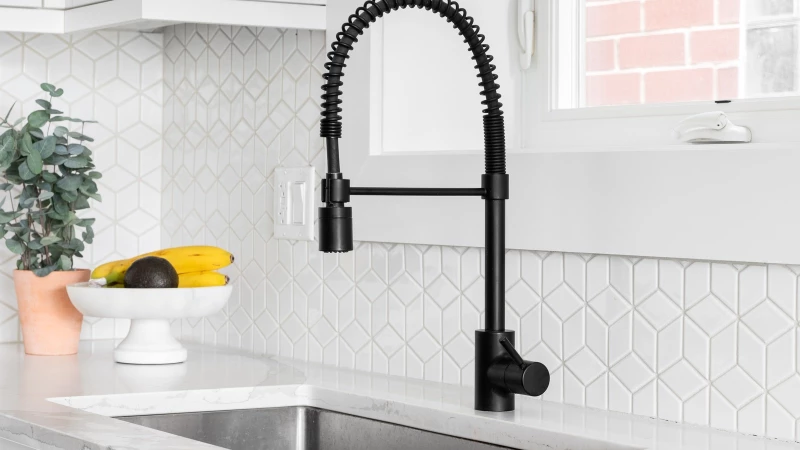Save Money on Your Holiday Electricity Bill with LED Lights
Christmas lights are an integral part of the festive season. The twinkling lights not only brighten your home but also spread holiday cheer. However, your pocket won't be feeling so jolly when it's time to pay for the resultant electricity bill. Now, you might be employing common practices like turning off the lights when you're not home or after midnight to manage the bill, but these tactics will only help you so far. A better strategy to cut back the holiday electricity bill is to replace your trusty incandescent bulbs with LED (light-emitting diode) lights.
While switching one type of lighting with another might not make much sense initially, the logic is simple: LED lights will help you save your hard-earned money because they have a low wattage requirement and draw less energy than their incandescent counterparts. For instance, 800 feet of regular C9 lights will demand around 6,000 watts of electricity over 30 days, whereas similar LEDs only need 768 watts. But, keep in mind that the upfront pocket pinch will be higher for LEDs than the regular bulbs you get. That being said, you can score the best deals on Christmas lights right after the holiday season.
Reasons you should replace incandescent lights

LED lights are better than regular lights because they need up to 90% less energy than traditional incandescent bulbs and help you reduce the holiday electricity bill. Further, they won't put unnecessary strain on your socket, minimizing instances of your fuse short-circuiting in the middle of a celebration. Even though you'll have to pay more upfront, these lights will last almost 25 times longer, giving you a high return on the employed capital. LEDs are also a superior choice because they're free of filaments and are made of epoxy lenses instead of delicate glass. Simply put, they are a safer alternative that gives off less heat and reduces the chances of your Christmas conifer catching fire or fingers getting singed.
In addition, LED lights are the future of lighting technology. According to Energy Saver, a consumer resource for the U.S. Department of Energy, it is expected that most lighting units will switch to LED technology by 2035. LED lights also come in a variety of colors and designs, allowing you to choose the ones that suit your preferences. The best part is that LED lights are environmentally friendly. They can be easily recycled and do not contain harmful toxins like mercury. Additionally, LED lights require less power, which helps reduce carbon dioxide emissions in the atmosphere.
Save on your energy bill with LED lights
While the benefits of LED lights may sound appealing, it's important to consider the impact they will have on your holiday electricity bill. To determine this, gather your calculator, the box the lights came in, and your most recent utility bill. You may even want to open a new spreadsheet for a more detailed analysis.
Start by noting the wattage mentioned on the LED lights' packaging or product label. Next, multiply the wattage by the number of hours per day that you plan on keeping the lights on. Divide the result by 1,000 to convert it to kilowatt-hours (kWh), the unit of energy used by electricity providers. Finally, check your previous electricity bill to find the cost of electricity per kWh and multiply it by the kWh value to estimate the daily cost of using the LED lights during the holiday season.
Imagine you purchase a set of 300 white mini LED lights that require 21 watts. To calculate the electricity cost, let's use the national average of 16.29 cents per kilowatt-hour (source: U.S. Energy Information Administration). If you keep these lights on for seven hours a day throughout December (31 days), the total cost will be approximately 74 cents. However, if you opt for a similar set of incandescent bulbs with a wattage requirement of 72, your electricity bill will increase to around $2.54. The difference in cost for just one string of lights is significant. The larger your holiday light display, the more you'll save by using LED lights.








